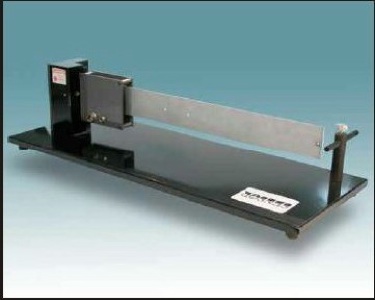Energy harvesting devices capture the ambient energy surrounding a system and convert it into usable electrical energy. With increasing demand for wearable electronics and an increased interest in the implementation of arrays of wireless sensors in a number of rising sectors such as health monitoring in civil infrastructure, MEMS sensor arrays for automotive and aerospace applications, and sensor arrays for environmental control, there is a surge in research in the area of power harvesting. One of the most effective methods of implementing a power harvesting system is to use ambient vibration in conjunction with a piezoelectric device to generate electric energy based on the direct piezoelectric effect.
Piezoceramic energy harvesting holds much promise in the development of new versatile electronics. The ability to capture ambient energy from a device’s surroundings and convert it into usable electrical energy is an attractive prospect in many fields and hence has been the subject of much academic and industrial interest. The power generated by current piezoelectric harvesters remains too low for many applications even with the development of optimizing circuitry. Also, the frequency response of most prototypes is very limited for many practical applications.
The objectives of this research project are:
- to improve the power generated by piezoceramic elements through the development of new harvester designs.
- to develop novel structural designs for improved frequency response of the device.
- to investigate alternative piezoceramic materials and their characteristics to optimize the material selection.

Vibration sensor (photo courtesy of Sensor Technology Limited).

Conceptual Power Harvester Package
